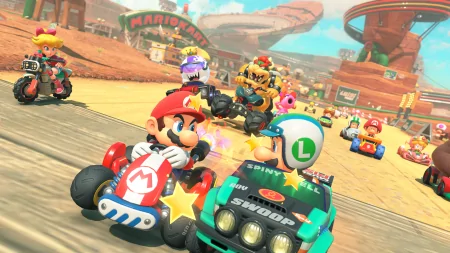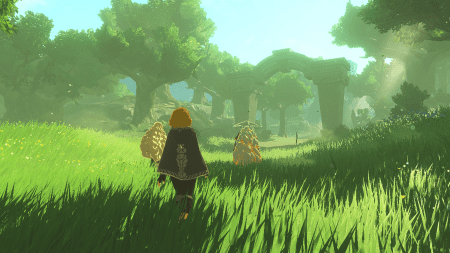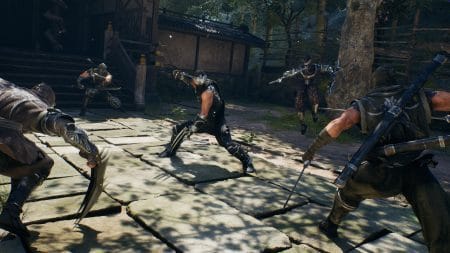Welcome to Volume 38 of Punished Notes! For this edition, I dive into how the latest Bethesda shooter harkens back to a simpler time in AAA gaming and plenty of lightning round thoughts, of course. Thanks as always for reading!
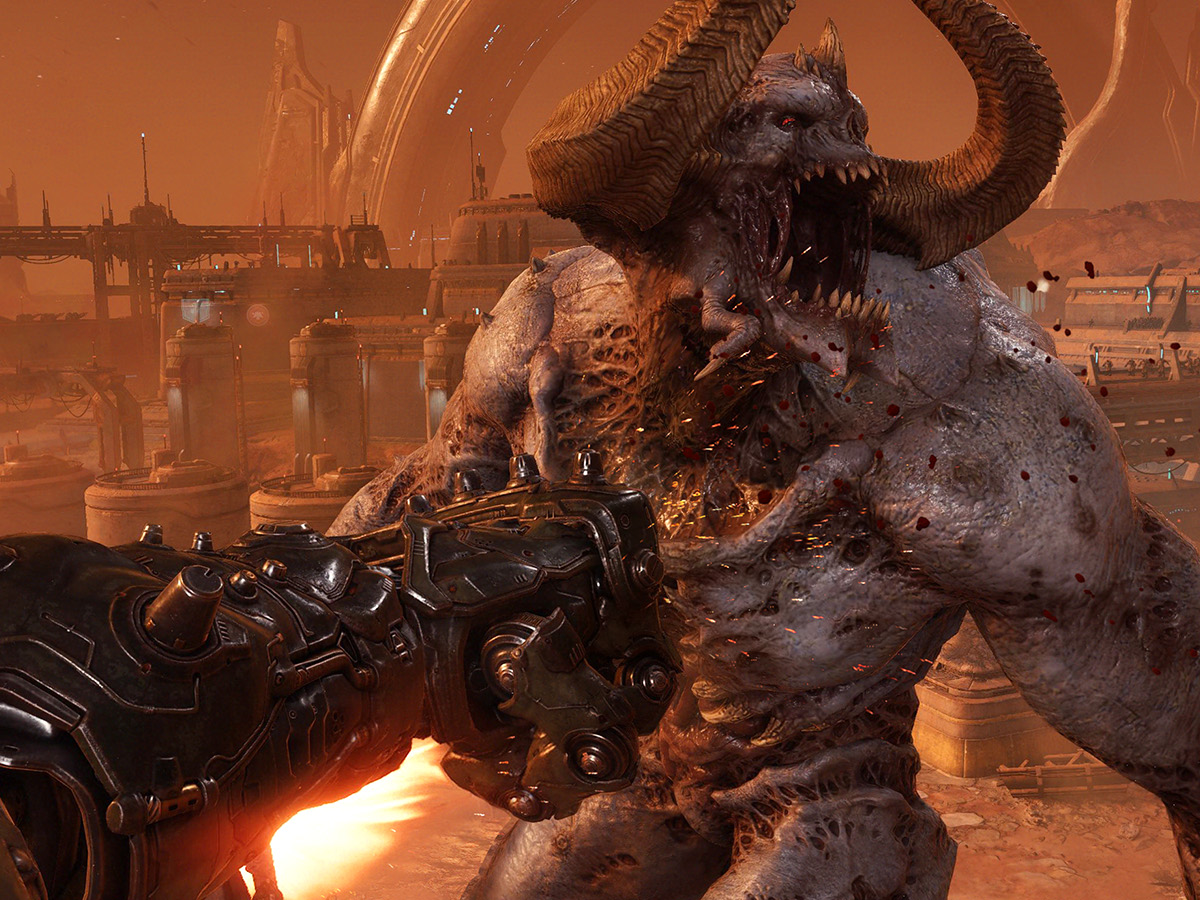
Doom: The Dark Ages Is an Xbox 360 Game (Complimentary)
I managed to get some time in with Doom: The Dark Ages before the Switch 2 arrived at my doorstep. So far (I’m about halfway through), it has delivered on everything I could have reasonably expected: quick and bloody combat, a hellacious heavy metal soundtrack, a story that’s not deep but fairly dramatic for some reason, tons of collectibles and secrets (most of which I ignore), and movement mechanics that are simultaneously feather-light and cinderblock-heavy. Overall, it rules.
But what makes it rule so hard? Is it the added saw-shield capabilities that combine a satisfying parry system with a Captain America-style projectile? Is it the pseudo-medieval (forgive me, Clint) aesthetic? Is it that it keeps what mostly worked about Doom Eternal and greatly improves upon what didn’t? All of these qualities are there, but the answer is a little more broad: Doom: The Dark Ages is an Xbox 360 game, and I mean that in the most positive way imaginable.
Doom: The Dark Ages confidently iterates on what people have always loved about boomer shooters with no compromises.
It’s no secret that I adored the Xbox 360 generation and continue to enjoy myriad games from that era. When I say The Dark Ages feels like it’s from that time, I mean it plays like the platonic ideal of a first-person shooter from that era while lacking many of the modern touches that plague AAA releases these days. The game is mission-based, designed to be replayed multiple times for multiple reasons (e.g., on different difficulties or trying to get all the collectibles), and chock-full of cutscenes you can skip without missing much. Some missions involve breaking outside of the main mechanics to pilot a dragon or giant robot, or even just man a big-ass turret gun for a while in ways reminiscent of Halo Reach, the original Gears of War trilogy, and even the first Dead Space. The game never strays from its immediately presented goal of non-stop action and thrill, and I love it the more for it.
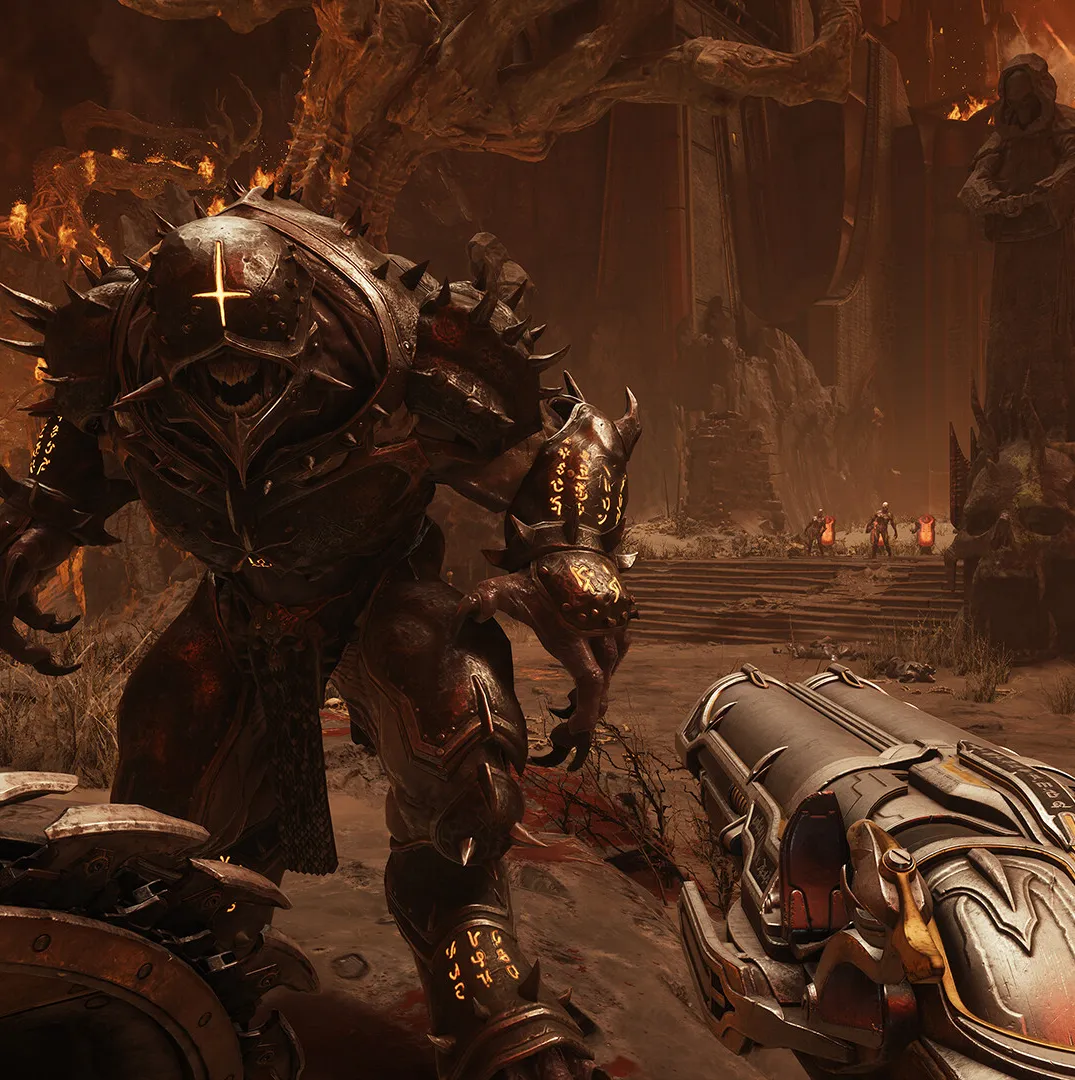
Moreover, Doom: The Dark Ages eschews the hallmarks of AAA design of the past decade-plus — no open world, minimal RPG systems, no emergent narrative structure, no live service content, no soulslike elements (outside of very basic parrying) — in favor of a neat, straightforward first-person shooter that plays to Doom’s strengths as a franchise. From a technological perspective, the game is far too graphically complex for the mid-to-late 2000s, but conceptually it would fit that era like a glove.
I’m not saying all AAA games are worse now than they were in the mid-2000s. That said, I do kind of miss when the big studios tried more to bolster ideas that already worked rather than constantly seek out the latest trends and make everything feel too similar. For every Devil May Cry 5 or Resident Evil 4 remake, there’s dozens of AAA efforts that tack on crappy multiplayer live-service elements or empty open worlds. Doom: The Dark Ages confidently iterates on what people have always loved about boomer shooters with no compromises.

LIGHTNING ROUND!!!!!!!!!!!!!!!!!!!!!!!!!!!!!!!!!!!!!!
- I’ve saved most of my overall Switch 2 thoughts for a separate piece, but the most immediately noticeable thing about it is how small it makes the launch edition Switch 1 feel. Man, was I really playing games on that tiny screen for EIGHT YEARS?!
- Of note, I’ve also been playing a lot of SoulCalibur II on Switch 2 — stay tuned for more thoughts on that tomorrow!
- I’ll also have more to share on Mario Kart World elsewhere, but I’ll mention this here: the Free Roam mode is both incredibly fun and a missed opportunity simultaneously. I love what I can do in it, but wish there was more to it as well. Forza Horizon this is not.
- Clair Obscur: Expedition 33 is a phenomenal turn-based RPG for many reasons, but one thing I wanted to highlight in particular is how it rarely feels the need to provide much lore or exposition. I know Maddy Myers wrote about this at Polygon, but in a game that’s largely about both the powers and limits of imagination and creation, I appreciate how much it just lets its vibes speak for themselves.
- On the other hand, my biggest complaint about Clair Obscur is that the parrying gets a little old after a while. I know there was some mild parrying discourse on the socials lately, and I don’t land firmly in either camp. (Is parrying “good” or “bad”? Yes.) That said, I just think after about 25 hours, having to time every single parry while late-game enemies have, like, 9x combo attacks just feels more frustrating than anything.
- A remarkable thing has happened to me: I have finally played a Dragon Quest game I think kind of stinks. I gave the 3DS version of Dragon Quest VII: Fragments of the Forgotten Past a shot lately, and I’m stunned at how boring and tedious its opening hours are, as well as how bland and unappealing its visuals are for something made by the legendary Akira Toriyama. Maybe it gets better later, but this is apparently the longest game in the franchise, and I’m not willing to find out if it does.
- Speaking of older games, Nintendo recently added the Game Boy version of puzzle game Kirby’s Star Stacker to NSO, and you know what? It’s really good! It’s always a nice surprise to play an 8-bit game from decades in the past that feels like it would be made largely the same way now.
- The second season of HBO’s The Last of Us started strong but fumbled toward the finish line. I already didn’t like The Last of Us Part II as a game, but I had hoped there were ways the show could alter a few elements here and there to make everything feel more cohesive. Instead, they changed a lot of the parts I liked and kept almost everything I hated. Bummer!
Sam has been playing video games since his earliest years and has been writing about them since 2016. He’s a big fan of Nintendo games and complaining about The Last of Us Part II. You either agree wholeheartedly with his opinions or despise them. There is no in between.
A lifelong New Yorker, Sam views gaming as far more than a silly little pastime, and hopes though critical analysis and in-depth reviews to better understand the medium's artistic merit.
Twitter: @sam_martinelli.








